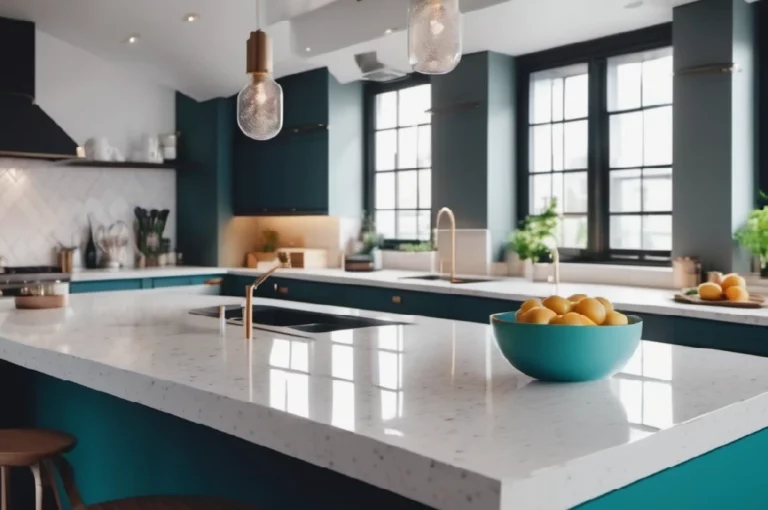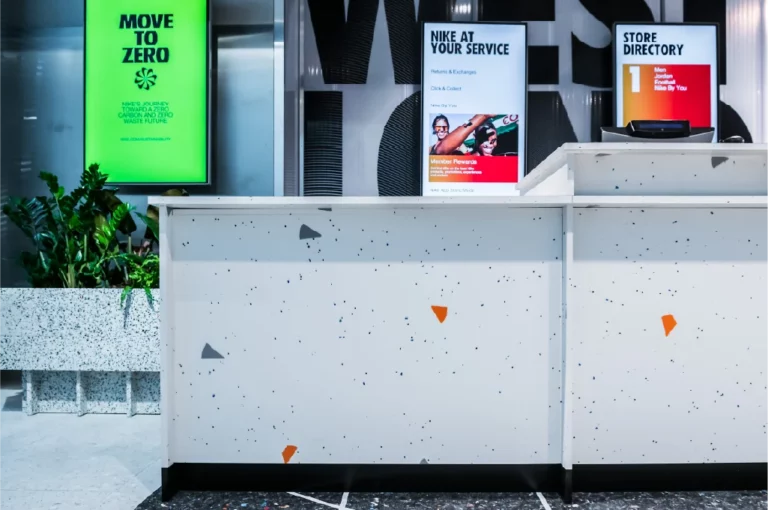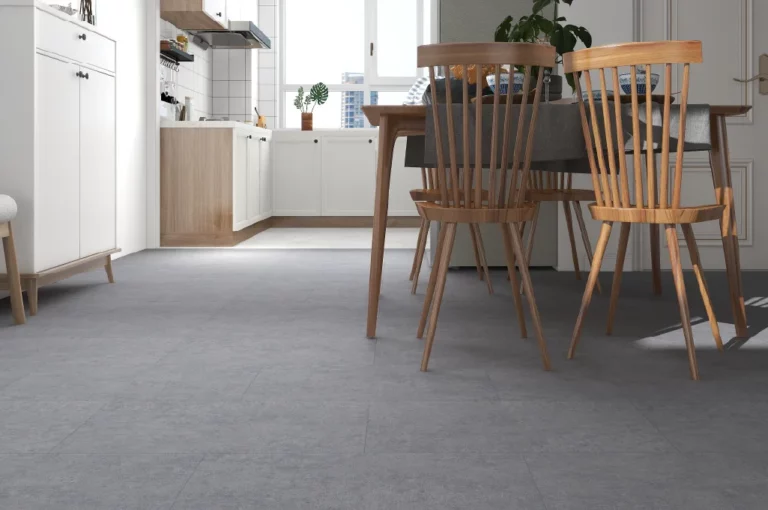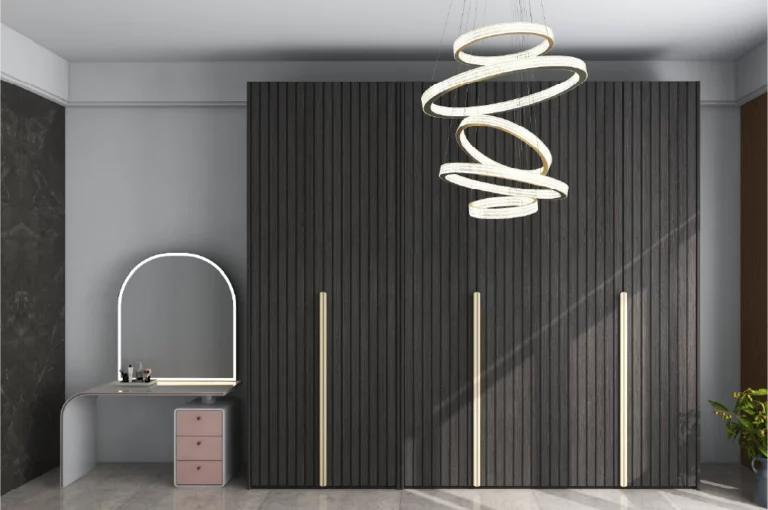Flooring Panels: Complete Guide to Choose the Right Type of Flooring
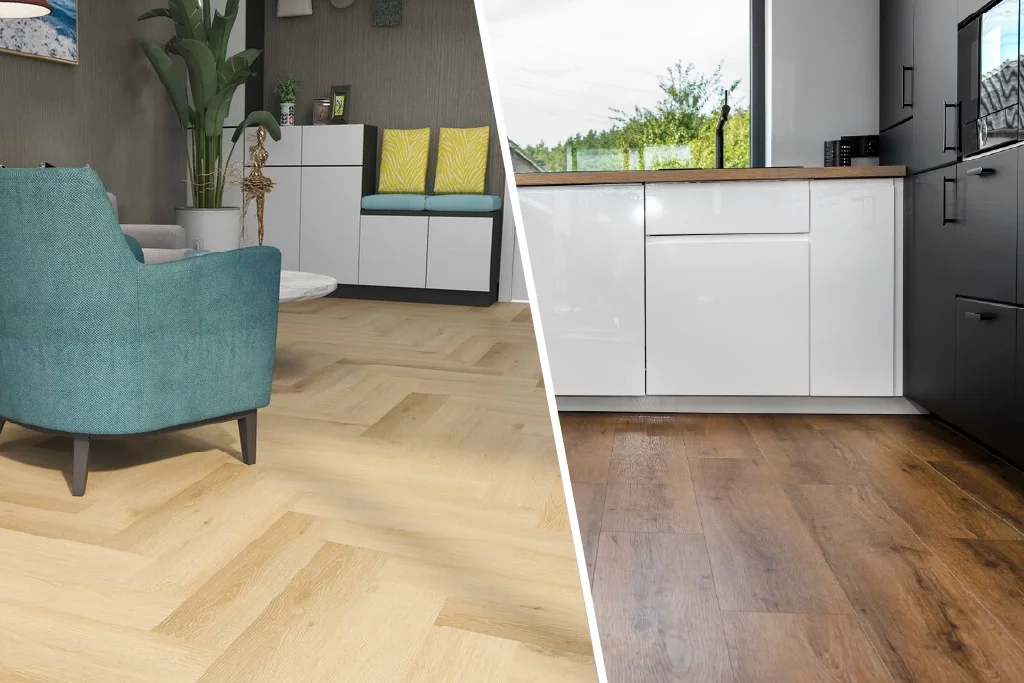
Why Flooring Panels Matter: Setting the Stage
But with so many types—wood, laminate, tile, carpet, PVC Vinyl Flooring, SPC Flooring—how do you know which one is right for you? Let’s start with the basics.
Types of Flooring Panels: The Big Picture
- Solid Hardwood: Timeless, warm, and beautiful—but not great with moisture or heavy wear.
- Engineered Wood: Looks like hardwood but more stable and moisture-resistant.
- Laminate: Affordable and durable, with tons of style options, but can be damaged by water.
- Tile (Ceramic, Porcelain, Stone): Waterproof, stylish, and long-lasting, but cold and hard underfoot.
- PVC Vinyl Flooring and SPC Flooring: The modern, versatile, and super-practical choices that are taking over homes and businesses everywhere.
Let’s focus on those last two: PVC Vinyl Flooring and SPC Flooring. Why? Because they combine style, durability, and affordability in ways that older options just can’t match.
PVC Vinyl Flooring: The Flexible Favorite
What Makes PVC Vinyl Flooring Special?
- Water Resistance: PVC Vinyl Flooring shrugs off spills, making it perfect for kitchens, bathrooms, and basements.
- Comfort: It’s a bit softer and warmer than tile or stone, so it’s easier on your feet and joints.
- Easy Maintenance: Just sweep and mop. No waxing, no polishing.
- Variety: Available in planks, tiles, or sheets, and in countless colors and patterns.
- Affordability: Generally cheaper to buy and install than hardwood or tile.
Key Considerations for PVC Vinyl Flooring
- Thickness: Thicker floors feel better and last longer.
- Wear Layer: Look for a thick, clear wear layer for extra durability.
- Installation: Many PVC Vinyl Flooring panels are “click-lock” for easy DIY installs.
SPC Flooring: The Next Generation
SPC Flooring stands for Stone Plastic Composite. It’s the latest evolution in vinyl flooring, combining limestone powder, PVC, and stabilizers to create an ultra-rigid, super-durable core.
Why is SPC Flooring a Game-Changer?
- Unmatched Durability: The rigid core resists dents, scratches, and heavy impacts better than traditional vinyl.
- 100% Waterproof: SPC Flooring can handle floods, leaks, and spills without warping or swelling.
- Stable Under Heat: Unlike some vinyl, SPC Flooring doesn’t expand or contract much great for sunrooms or places with temperature swings.
- Realistic Designs: Advanced printing and embossing make SPC Flooring look and feel like real wood or stone.
- Easy to Install: Like PVC Vinyl Flooring, most SPC Flooring uses a click-lock system.
Where is SPC Flooring Best?
- High-traffic areas: Hallways, kitchens, entryways.
- Commercial spaces: Offices, shops, restaurants.
- Anywhere you want style and strength: SPC Flooring delivers both.
Maintenance and Longevity
Both PVC Vinyl Flooring and SPC Flooring are low-maintenance. Here’s how to keep them looking great:
- Sweep or vacuum regularly to remove dirt and grit.
- Damp mop with a mild cleaner no harsh chemicals needed.
- Wipe up spills quickly (though both can handle water).
- Use furniture pads to prevent scratches.
With proper care, PVC Vinyl Flooring and SPC Flooring can last 10-20 years or more, making them a smart investment for any home or business.
Eco-Friendliness: What to Know
Trends in PVC Vinyl Flooring and SPC Flooring
- Wide planks and large tiles: Make rooms look bigger and more modern.
- Textured finishes: Embossed surfaces that feel like real wood or stone.
- Bold patterns: Herringbone, chevron, and geometric designs.
- Matte finishes: Less shine, more natural look.
PVC Vinyl Flooring and SPC Flooring are at the forefront of these trends, offering more style choices than ever before.


